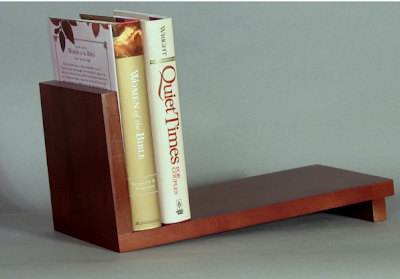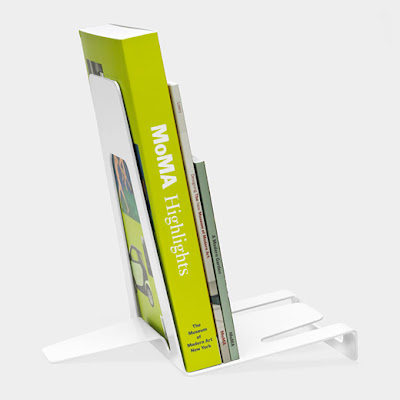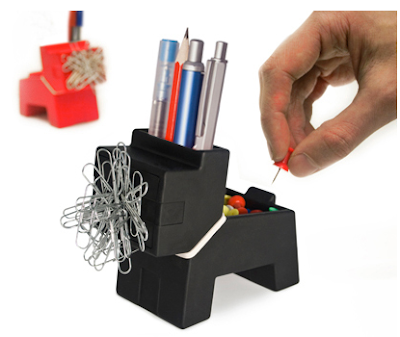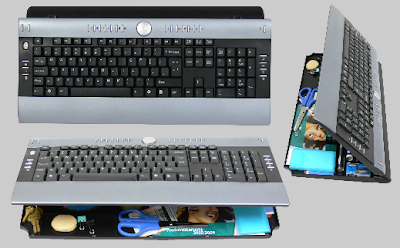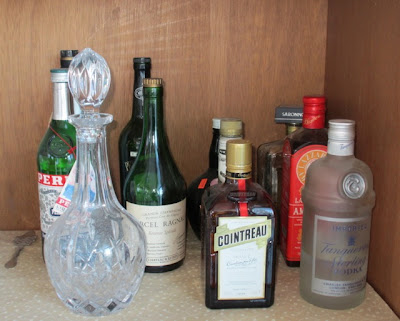
I read a lot of blogs, even after
doing some major unsubscribing. I glance at about 400 blog posts a day — just the titles and maybe the first lines, which is what shows in my
RSS feed in Google Reader — and decide to take a closer look at maybe 50 per day.
When I first look through the posts, I just "star" the ones I want to look at, and then go back to them later. But somewhere along the line the backlog of starred items got out of hand, and I found myself with 635 starred items. Not good.
I didn't want to declare Google Reader bankruptcy and just dump all those blog posts without a glance — so I did what organizers recommend to others, and went through my backlog a bit every day for a week, until I was done. Small dedicated blocks of time do add up, and the steadily decreasing backlog number was encouraging.
The clutter of those unread blog posts represented, as clutter often does, a series of unmade decisions. What
were all these blog posts, and what did I want to do about them?
Well, they fit into these categories:
1. Blog posts triggering some action.
Sometimes that was a quick-and-easy action, like mailing a link to the post to someone else I thought might enjoy it. Sometimes the blog post had an image I'd like to include in one of my own blog posts, and I needed to ask permission to use it. I've got a standard query for that, so it's easy to send off the message. I did these quick actions right away.
And sometimes the action was commenting on the blog post, and that's pretty quick, too.
But sometimes the information in the blog posts was something I'd use as part of a bigger project. In that case, I just updated the appropriate to-do list, and added the blog post to the appropriate bookmark folder, so I could find it when the time came to work on the project. (I'm using Safari as my web browser, so I have a collection of bookmarks. If you use a different browser, you may have a collection of favorites.)
2. Blog posts providing organizing-related reference information.
These posts might be about products my clients might care about, or products/strategies I might want to blog about — or both. In that case, I'd just add the blog posts to my bookmark collection, and perhaps add an item to my "future blog posts" list.
Some posts that seemed to be useful at first glance were less so when I looked more closely; for example, the products might be only at the concept phase, or very hard to get your hands on. Those I
didn't include in my bookmarks.
3. Blog posts providing other reference information.
Here's just one example: a blog post mentioned a product I might be interested in buying. In this case, I added a bookmark to my "Possible Purchases" bookmark folder. (The vast majority of the items in this folder never do get bought, but it's still proven helpful many times.) Other examples might be recipes I'm interested in trying, or local places I want to visit.
4. Blog posts providing juicy content: long articles I wanted to read, or videos I wanted to watch.
These could get added to a reading/watching list — but what I did as part of the clean-up was decide to read or watch them
now. That sometimes meant curling up with my iPad rather than sitting at my computer, but I wanted these things OUT of my backlog. So, because education is one of my interests, I read about
why someone chose to spend $140,000 to send her child to a Waldorf school for 12 years. I also watched a wonderful almost-five-minute
video explaining why Pluto is no longer a planet.
But I also found that some things I
thought I'd want to read or watch didn't grab my attention when I took a second look, so I just removed the star from those, with no regrets. And yes,
my prior blog post did make me a bit fussier about which items I wanted to give my time to.
Now, after a week, I'm down to a single starred post (and no unread posts) — and that one starred post is there on purpose, as a reminder to show my gratitude to others.
It feels pretty darn wonderful to have that backlog gone.




